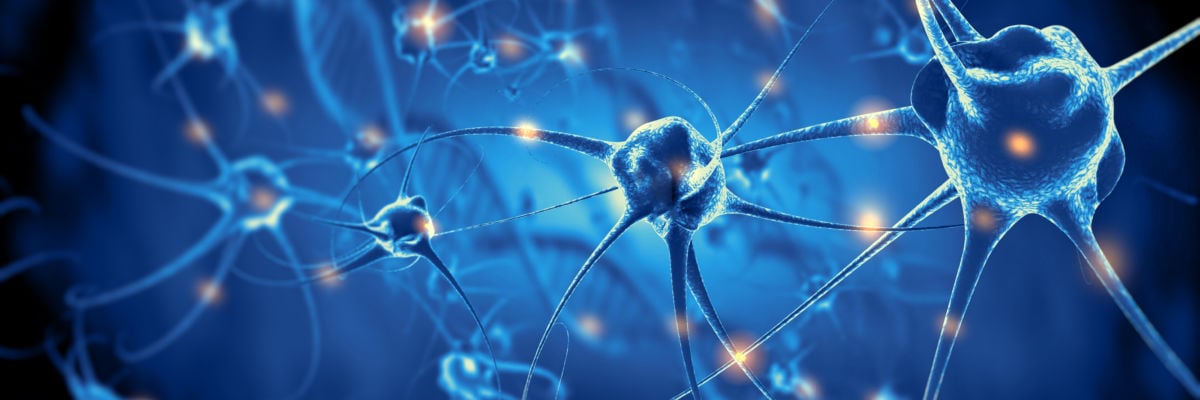
Recently, a woman from Georgia, Adriana Smith, made headlines for delivering her baby via C-section . . . after being declared brain-dead for three months. Although brain death has become a normalized criterion for death in the Western world, I am not too convinced that we should blindly accept this norm without further scrutiny.
To do so, it’s necessary to dive into the history and origin of brain death classification. Before the development of ventilators, anyone who experienced permanent and irreversible cessation of integrated brain function—also known as brain death—would not be able to respirate on his own and would experience loss of cardiovascular and respiratory function. In other words, he would die. With the advancement of medical technology throughout the twentieth century, however, continuing to have cardiovascular and respiratory function while brain-dead became possible.
As a result, in the late 1960s, the Harvard medical board began discussing the possibility of classifying brain death as death of the total human person. This was controversial, considering that the cessation of a singular organ’s function was never the standard for determining death. Instead, both the heartbeat and respiratory function were the standard processes considered in deciding if someone had died or not. Thus, adding a new standard for determining death would not be simple.
The committee’s reasons in considering this new criterion, however, were not fully innocent. Instead, many were motivated by utilitarian thinking. If more people were classified as dead by this standard, that meant that more viable organs would be available for donation.
According to chairman Henry Beecher, it would not be beneficial to “continue to condone the discard of . . . tissues and organs . . . when they could be used to restore the otherwise hopelessly ill but still salvageable individual” (“Ethical Problems Created by the Hopelessly Unconscious Patient,” New England Journal of Medicine, 278:1425-30). Furthermore, he suggested that at “whatever level we choose to call death, it is an arbitrary decision. Death of the heart? . . . Death of the brain? . . . It is best to choose a level where, although the brain is dead, usefulness of other organs is still present” (“The New Definition of Death. Some Opposing Views,” Internationale Zeitschrift für klinische Pharmakologie, Therapie, und Toxikologie, 5:120–24). Thus, his main concern was on how to get the most organs viable for donation, not on developing a sound anthropology surrounding the death of the human person.
From a Catholic understanding, the moment of death is something that science or medicine cannot directly identify. This is because we understand death to be the moment the soul separates from the body, which cannot be observed or measured using physical methods. Brain death, then, is only a method in determining that someone has already died, not the exact moment or method of his death.
Back in 2000, Pope St. John Paul II spoke to the International Congress of the Transplantation Society on this topic, suggesting that judging someone as dead using the brain death criterion “does not seem to conflict with the essential elements of a sound anthropology.” In other words, John Paul cautiously condones this criterion, with the caveat that health care workers must have “moral certainty” when arriving at a judgment for an individual’s state of being alive or dead.
This caution is understandable considering cases like Adriana Smith’s. How could a dead woman gestate her baby for months? Other cases, such as that of thirteen-year-old Jahi McMath, also reveal that brain-dead patients can undergo changes associated with puberty. Do such circumstances provide the type of moral certainty John Paul commissions?
I do not believe so. This is especially true after considering surveys involving American neurologists that suggest “concern (or confusion) about whether [brain death] marks the point of irreversible loss of brain functions.” Since neurologists are the main doctors diagnosing brain death, it is undoubtedly concerning that there is confusion regarding the criteria for diagnosis.
Additionally, this study suggests that most neurologists consider patients dead who not only lost integrative brain activity, but also lost the ability to be consciously self-aware. This means that patients in a permanent vegetative state, who can breathe on their own and have normal sleep-wake cycles, would be considered “dead” by most neurologists. This would conflict with a sound Christian anthropology, since our anthropology suggests that personhood comes from the unique soul-body made in God’s image—not someone’s consciousness or cognitive abilities.
Clearly, there is no clarity on this issue among the neuroscience community, and the “moral certainty” required to make such a diagnosis seems . . . well, hard to derive.
This does not mean that people who experience brain death are certainly alive. It just means that they could be, and we should not blindly accept that all brain-dead patients are dead without having carefully assessed each individual’s case. Only then can we achieve moral certainty and know the best way to proceed medically with the individual, with his God-given dignity in mind.



